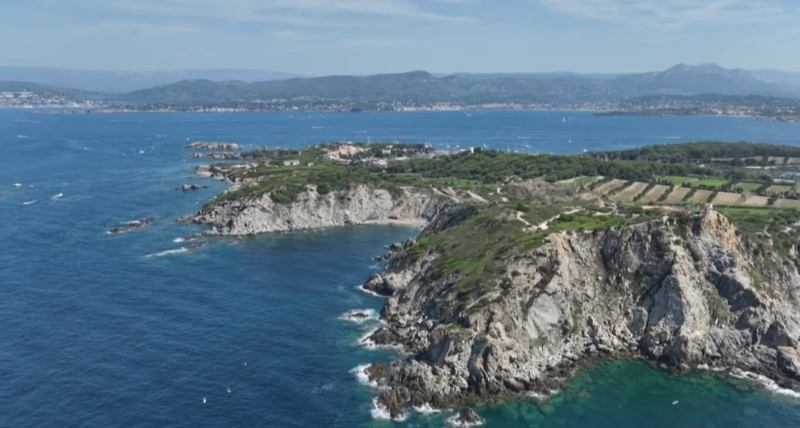The Strait of Messina has separated Sicily from mainland Italy for millennia. This 3.3-kilometer stretch of sea, at its narrowest point, currently forces travelers to use ferries, which take about 30 minutes to cross, depending on the swell and weather conditions.
The project to create a fixed link between Sicily and Calabria began to take shape in the mid-20th century and, after 70 years of various setbacks, restarts, and cancellations, now seems poised to come to fruition in the near future.
The construction of the Messina Bridge will profoundly change mobility in the region. Trains and vehicles will move seamlessly between the island and the mainland. You will soon be able to reach Sicily from Rome or Naples without ever leaving dry land. This connection is part of the development of the Scandinavian-Mediterranean corridor, a major route linking Northern Europe to the Mediterranean.
A Construction That Pushes the Limits of Engineering
The dimensions of the future Messina Bridge will represent a unique achievement. The structure will span 3,666 meters, with a central span of 3,300 meters between the two main pylons. The deck, which will be 60 meters wide, will sit 70 meters above sea level. The two pylons will reach a height of 382.6 meters.
The design incorporates technical innovations adapted to local conditions. Engineers have developed a suspension system capable of absorbing the movements of the deck due to the strong winds that frequently sweep through the strait. The load-bearing cables, with a diameter of 1.26 meters, will use high-strength steel to support the weight of the structure.
The infrastructure will accommodate six road lanes and two railway tracks, with a capacity of 6,000 vehicles per hour and 200 daily trains. The crossing time will be reduced to just a few minutes.
Project Timeline and Funding
After a decade-long pause, the Italian government restarted the project’s studies in 2024. The Ministry of the Environment approved the plan in October 2024, subject to about fifty modifications. These adjustments involve the management of construction materials and the protection of the local environment. Environmental groups are closely monitoring the impact on bird migration routes and marine ecosystems. The construction is expected to take six years, with the bridge projected to open around 2030.
The total cost of the project is estimated at 13.5 billion euros.
Technical and Environmental Challenges: Can the Bridge Really Be Built?
The Strait of Messina presents demanding natural conditions. The area experiences regular seismic activity. Engineers have designed the structure to withstand earthquakes with a magnitude of up to 7.1 on the Richter scale. The bridge must also endure winds reaching speeds of 216 kilometers per hour.
Environmental organizations have raised concerns about the impact of construction in the strait. The waters between Sicily and Calabria are home to protected species such as the bottlenose dolphin and the common fin whale. The bridge’s foundations will disturb the seabeds, where essential seagrass meadows grow. The strait is also a migration corridor for thousands of birds traveling between Europe and Africa. The 382-meter pylons, equivalent to the height of the Eiffel Tower, will obstruct their flight path. The construction’s noise and light pollution could disrupt these seasonal migrations.
The impact on local residents could also be significant. In Torre Faro, for instance, people are concerned about their gardens, which host local species. The construction will require relocating 250 families and destroying their green spaces, permanently altering the urban ecosystem of this Sicilian neighborhood.
Source: Ouest France




